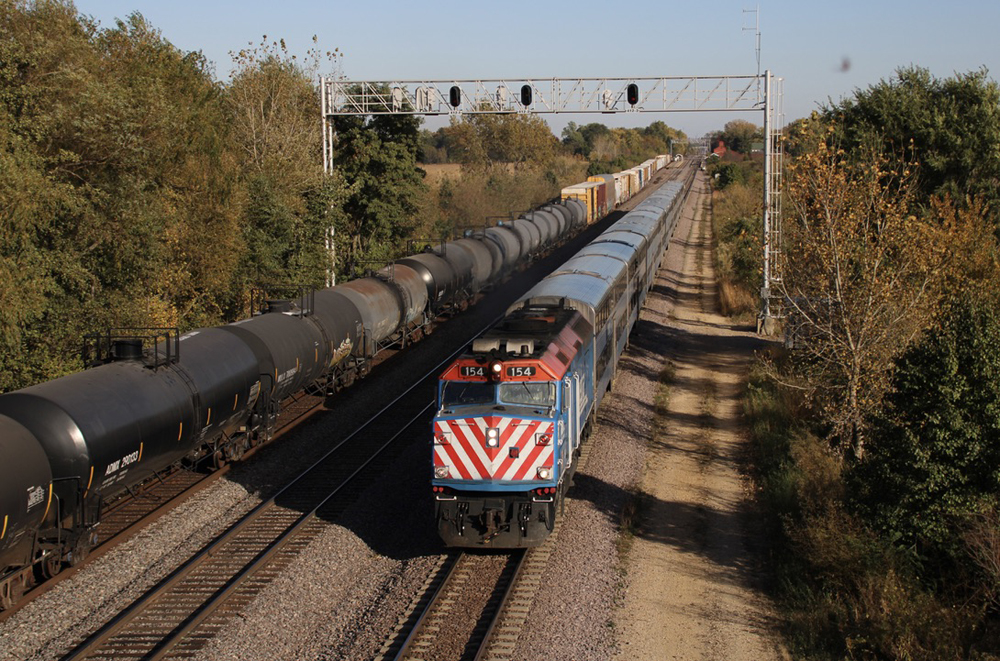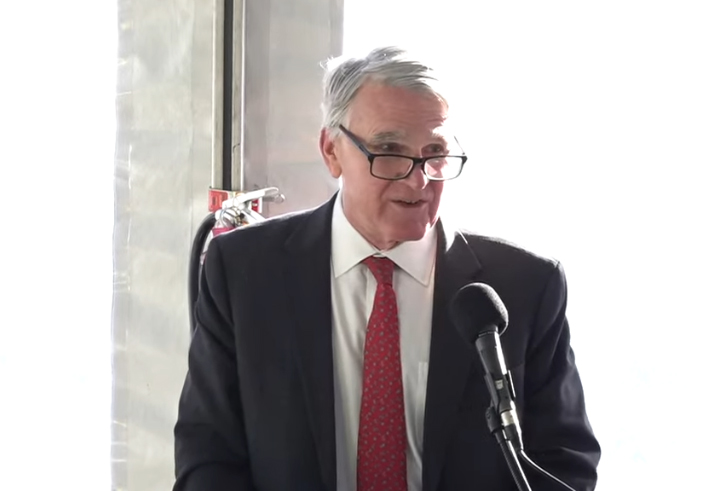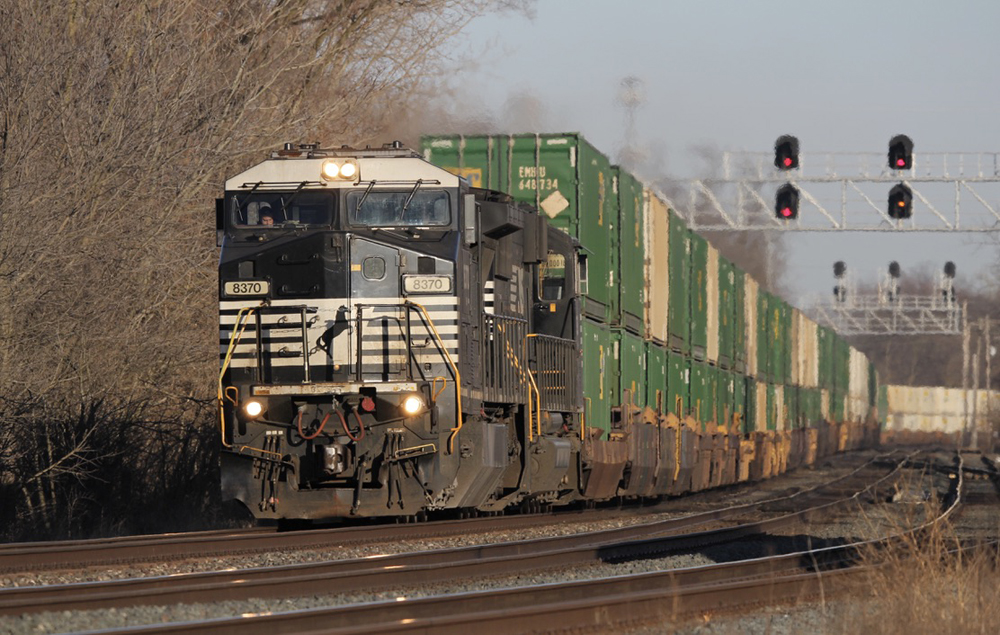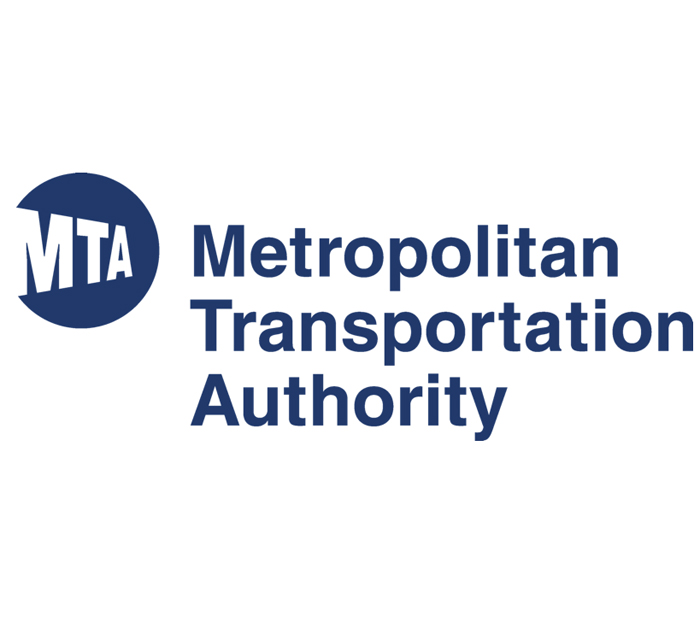The selection of the Italian firm, one of the largest civil engineering contractors in the world, reflects the participation of leading industry global organizations that are designing and building the high-speed train connecting Houston and North Texas.
“Salini Impregilo’s knowledge and experience in designing, building and leading large scale railway projects across the world is impressive, and its presence in the U.S. market with Lane is also strategic for the project,” says Texas Central CEO Carlos F. Aguilar. “Their inclusion in the consortium highlights the stature of the Texas project and the interest of global infrastructure companies to be part of America’s first high-speed train.”
Salini Impregilo is active in more than 50 countries on five continents, with experience building more than 4,000 miles of railway infrastructure around the world — in Australia, Europe, Asia, and the Americas. It built many high-speed train projects in Europe, and some iconic, complex projects in the world in the wider transport sector, including the expansion of the Panama Canal.
The company has worked in the U.S. since the 1980s and expanded its presence in 2016, merging with The Lane Construction Corp., a U.S.-based company with almost 130 years of experience in infrastructure work.
“This is a wonderful opportunity for us,” said Pietro Salini, CEO of the Salini Impregilo Group. “We are delighted to be invited to take part to bring high-speed train service to Texas, as we have in Italy and other countries. It is precisely the kind of large, complex infrastructure project in which we have decades of experience. The United States is now our biggest single market, with a consolidated presence in highways, bridges and tunnels, and are pursuing the high-speed rail sector.”
The announcement is the latest milestone for the investor-led project — a 200 mph train connecting the state’s largest population and economic regions in 90 minutes, with a midway stop in the Brazos Valley. The project will create a super-economy, connecting the 4th and 5th largest U.S. markets in fast-growing communities looking for safe, reliable and productive travel options.
As the lead of the civil construction consortium, Salini Impregilo will be responsible for all work up to the top of the rail, including viaducts, embankments and drainage.
Under the Limited Notice to Proceed agreement, the project’s design-build participants will proceed with the front-end engineering and design of the train’s civil infrastructure. Other services include optimizing execution approaches, strategies and logistics, as well as performing analysis to develop construction costs and schedule estimates.
That work helps to develop a design build contract that will be used to complete the civil infrastructure program. This is a precursor to financial close, after which construction of the civil infrastructure segments of the project will begin.
The agreement is the latest example of the project bringing the best subject matter experts to the team, creating a new industry in the United States. The train will inject an estimated $36 billion in economic benefits statewide over the next 25 years, including creating 10,000 jobs per year during construction and 1,500 permanent jobs when fully operational.
The Texas train will be based on Central Japan Railway’s Tokaido Shinkansen train system, the world’s safest mass transportation system. It has operated for more than 54 years with a perfect record of zero passenger fatalities or injuries from operations, and an impeccable on-time performance record.
The Texas project will be built and operated without taxpayer-funded state or federal grants.
Texas Central and its partners are refining and updating construction planning and sequencing, guided by the Federal Railroad Administration’s recently released Draft Environmental Impact Statement on the project.
That federal review cited many factors in support of the project, saying the train “is needed to accommodate growing demand” in Texas and to provide a more environmentally favorable travel alternative.
The Federal Railroad Administration now is working on a final environmental review that will help determine the project’s timeline and final route.
— A Texas Central news release. Oct. 4, 2018.















While CA and TX have their measuring contest, FL is running trains. So which approach is currently benefiting the citizens of their respective state?
Texas Central will surpass CAHSRA with construction completed by 2025; not the 2040’s as in the California project.
Now, in 1/87th scale, the Texas project could be completed in a matter of months including landscaping.
Parsons?
It will be interesting to compare the results for Texas with their firm vs. California and there very traditional engineering firm, PB.
John, of course their is no difference because you like to ignore some fundamental details in favor of a one off comment..
1) the California distance is a good 100 miles more to connect LA with Bay Area (San Jose) vs. Dallas & Houston. Kinda like building a road, the longer the distance the more grading, more materials, more likely you will have more bridges…in case of California as per my next point. You also got a lot more tunneling.
2) Texas Rail doesn’t have to go over, under or around two coastal mountain ranges which is huge in terms of technical difficulty but in costs as well.. Lived and worked in both areas and rolling hills of East Texas is not the same
3) Texas Rail is using an established utility corridor away from any population centers that are between Dallas & Houston for one very big reason.. The land owners have pretty much given up the easement rights and really have no say how this gets built on their own property. California is indeed starting with the easy geography but also literally building it through central valley cities with roughly 2-3 million people and planning stations in the heart of those cities.
4) I believe Texas Rail will only have to pay on the easement instead of having to buy most of the property it builds within the utility corridor and if they do buy the property I bet it is at assessed value. That is a huge cost savings to the project. Think pipelines where the pipeline operator pays for the pipe, puts it in the ground but doesn’t have to buy property along its route. Pipeline operators having to buy the property and pay taxes would probably make Crude By Rail a lot more competitive because both operators would also be private land owners.
California cost is big in part that they are buying, relocating utilities and literally establishing a new transportation corridor in the heart of a growing Central Valley. To add the same capacity by expanding Hwy 99 would cost billions in land/property purchases and utility re-locations as every other transportation study for this area has shown Heck, expanding Hwy 99 would require more land and devour more farm land. Who knows, maybe California HSR does fail and Elon Musk comes along, leases the corridor and builds hyperloop that blows everything away and costs a fraction to get through the coastal mountain ranges.
5) Finally, my favorite which has been true for almost all big infrastructure projects in this country since this country was founded. I understand that Texas Rail still plans to bank roll the project in large part with Govt infrastructure loans which means that govt, yes the American Taxpayer including the both of us, will be backing the project and on the hook if it is not successful. Maybe a better way too put it, business loves to reap the benefits of success but likes to hedge by letting govt take the losses if they can find a way. Kinda like insurance likes to sell us home insurance that covers fire but glad to let govt take over flood insurance.
There eill be no comparison. The CA gov run project will stumble along with cost overruns like everything else in CA. I would venture to guess that the TX privately built system will surpass not just CA but also the NE corridor.